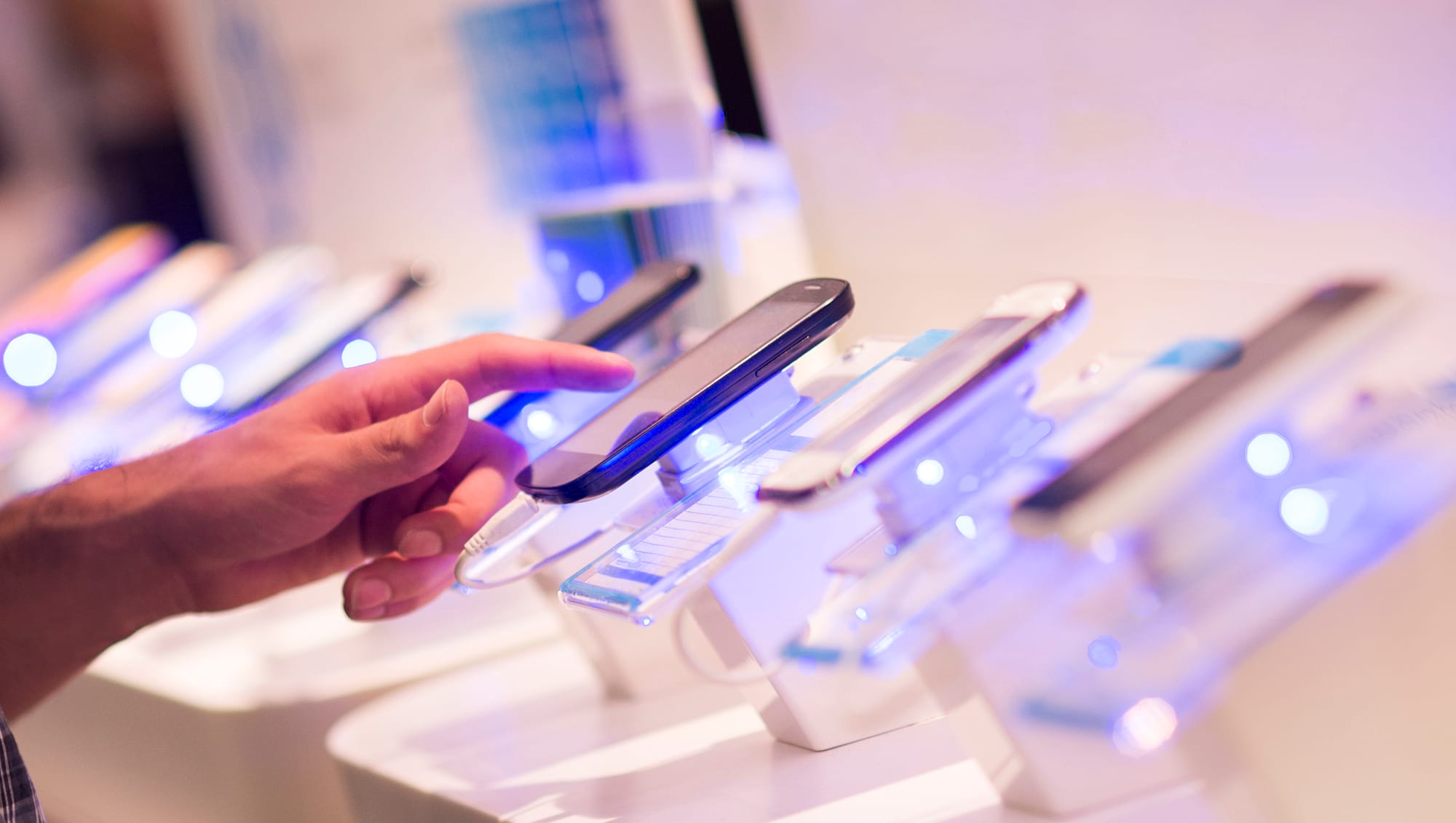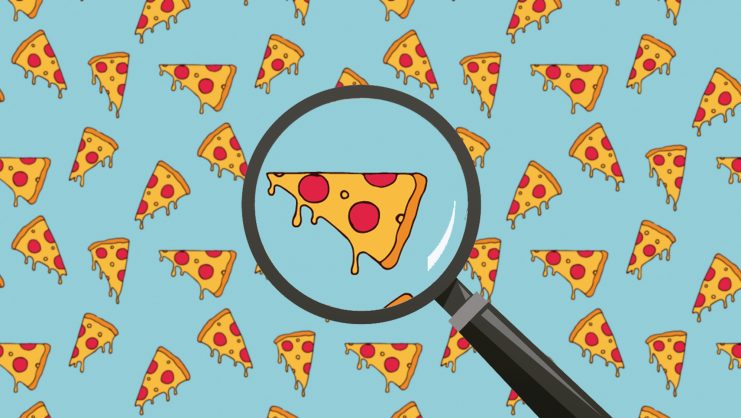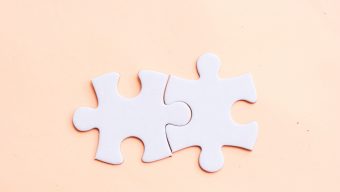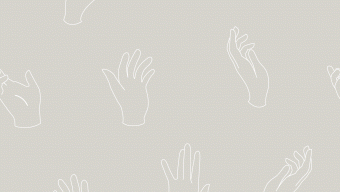Customers today are price sensitive and not very loyal, as well as being extremely well informed (often more than the actual salesperson). If you add to this the fact that they have the means to broadcast their opinions to the world at large and have permanent access to online shopping channels, it is not hard to see why traditional shops are in danger of becoming little more than showrooms where customers go to check out products in person before buying them online, possibly at a far better price.
We believe, however, that in-store shopping can offer a series of advantages that customers could find very attractive, and which can be identified and managed to attain a sustainable increase in profit. In order to make it easier to understand our approach, we are going to explain it using the successful case of a project developed by Brain Trust CS in 2013 for a multinational telephone operator with a portfolio comprised of several million customers in Brazil.
When we talk about a “shopping experience,” we refer to a set of events and processes that make up a customer’s experience, which are specific to in-store shopping and which promote purchasing.
Objectives and approach
The essential objective of the project was to determine by what percentage invested sales would be increased by investing solely in ‘experiential’ variables, and without acting on any of the four classic P’s of a sales strategy (price, product, place and promotion).
In order to achieve this a pilot scheme was designed involving six stores in the Sao Paulo region, two from each of the three categories used by the operator –kiosks in a shopping mall, mid-sized stores in a shopping mall, and flagship stores on the high street– all of which would provide real results in terms of sales revenues. They included not only outlets subject to direct sales management by the store operator, but also franchises in the case of kiosks and mid-sized stores.
At the design stage a total of 67 actions related to the shopping experience were identified, of which 39 were considered ‘priorities’ based on a ranking of the effort involved in their implementation vs. the expected increase in sales revenues.
Action variables
We are not going to list the 39 objective actions identified in our pilot scheme, but will rather simply refer to the “experience attributes” into which actions are grouped, and some of the ‘key buying triggers’ we have identified:
- Client in-store treatment and experience: Something as seemingly irrelevant as a greeting on entering the store proved to be a powerful trigger in the overall shopping experience. However, sales staff were often either busy and failed to greet the client, or used the “official” greeting, which sounded hollow and lacking in empathy. Something else that was clear was that customers need to feel “organized” from the moment they enter the store (how long were waiting times, offers of assistance, etc.?) However it should also be noted that although customers appreciated offers of assistance, they also liked to have the opportunity to look around by themselves.
- People Experience (sales staff): Salespersons needed to be fully cognisant with their product and have a warm manner. They were provided with top-of-the-range cell phones which they were told to present as their main offering, and were expected to be able to offer personal anecdotes to the client about using the phone. A complete revision of sales pitch and presentation was carried out, identifying the most effective, coupled with a review and evaluation of sales profile and the incentive schemes employed.
- Cell phones: The fact that sales staff had real cell phones to hand, which were ready for use and in perfect working order, was seen as a clear differentiating factor vis-à-vis the competition, which usually only used imitation phones. Moreover, the store opted to offer a very simple range which was more feasible. Real cell phones and their availability proved to make this approach a very positive move (less is more). In addition, at some point in the sales process the client had to be able to hold a cell phone in his or her own hands, in order to be able to experiment with it at their leisure. Curiously, the main opposition to doing this came in the form of the question: “How many cell phones are they going to steal from us as from now?” This meant that it was necessary to make a special effort with the design to counteract the possibility of theft.
- “Environment Experience”: The design of the kiosks was modified so as to strengthen direct interaction with the flow of passersby. Other actions included the strengthening of the branding of the facades of the “flag ship stores”, and making parking spaces available to clients, taking advantage of spaces that were underutilized.
- Communication and sales action: It was discovered that the majority of clients who visited the flagship stores did so for after-sales service purposes. Hence we searched for ways to maximize sales impact of sales activity directed at clients while they were in the shop, using demonstrations that were not explicitly hard sells, but rather based mainly on recommendations and upselling.
The results
After only two months of operations with the adjustments in place, the breakdown of the results for the different types of store was as follows:

Finally, it is worth noting that the time interval between the commencement of project and obtaining the results was only four months.
© IE Ideas.











